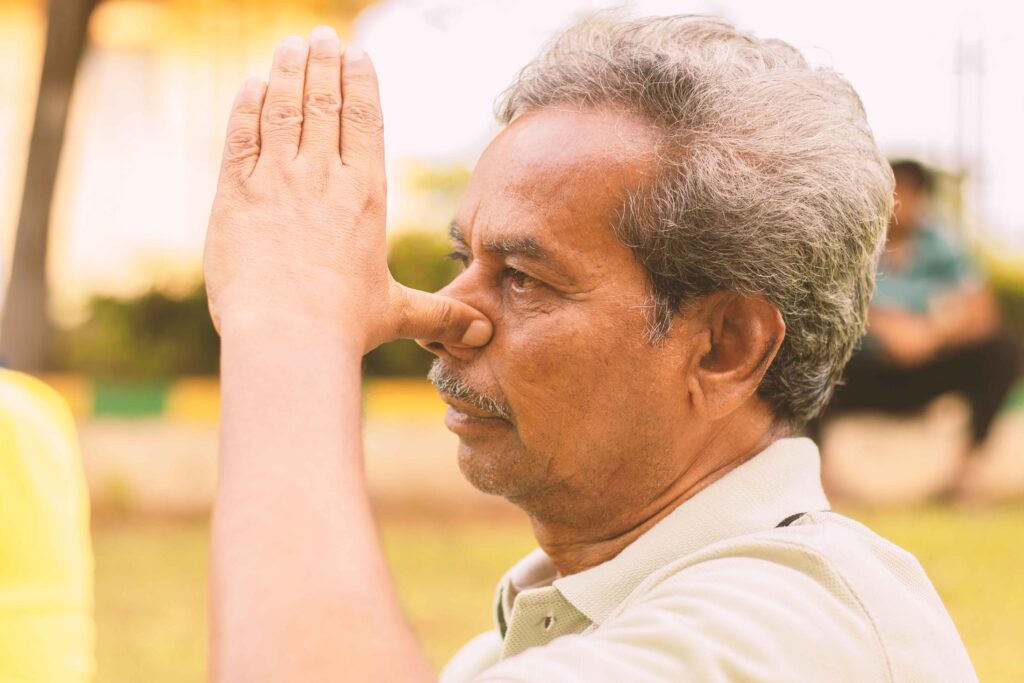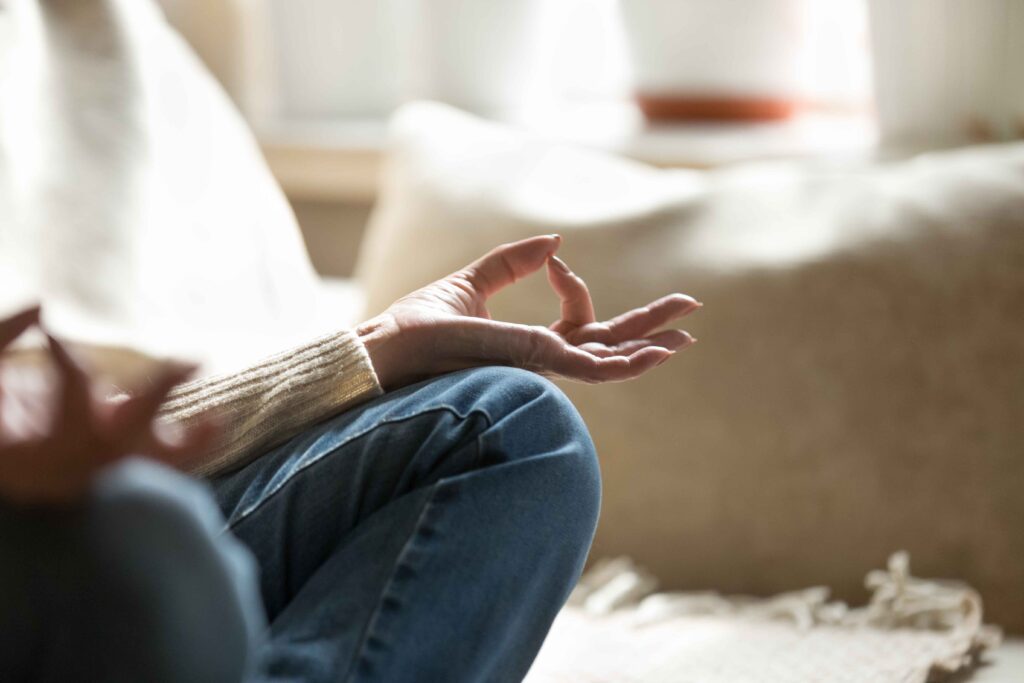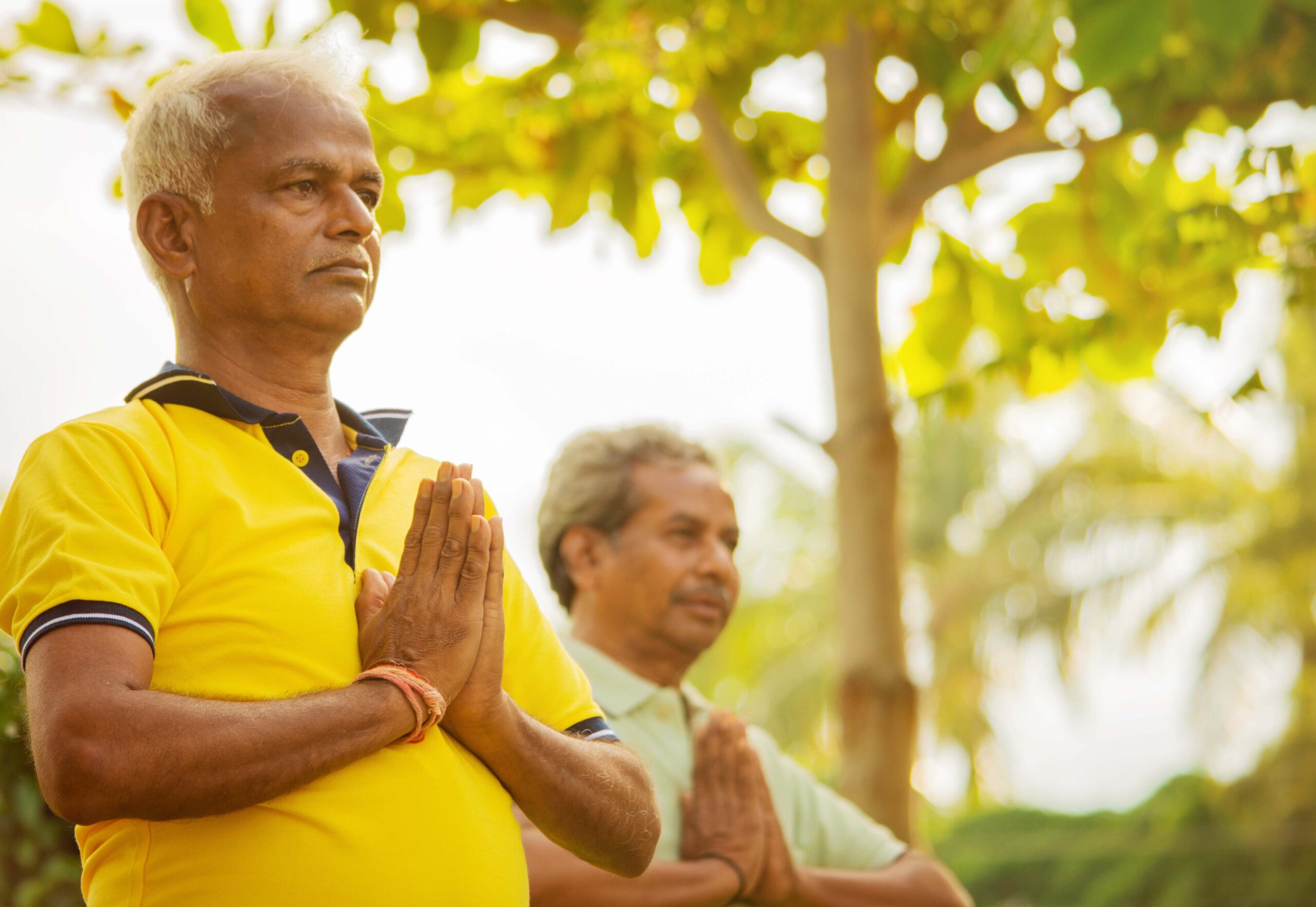If you’re recovering from an injury, don’t avoid exercising as it can help you get better faster, explains Dr Vidhi Kothari Pipara
Older adults are more susceptible to have chronic wounds, bruises and injuries than younger people. Advancing age has a detrimental effect on wound healing process. As we grow old our responses slow down, energy levels are reduced which makes the healing process of our body slow.
Unless bedridden, it is a misconception that you should avoid all exercises if you have a wound. On the contrary, a daily routine of exercises and physical activity can help prevent injuries as well as improve the healing process of the body. According to a study conducted at Ohio State University, working out regularly can speed up the wound recovery process in older adults by 25 percent.
Exercise rids the body of inflammation and restores health. The increased blood flow and oxygen level step up the healing process. In fact, exercise should be an integral part of wound management and the wound care regimen.
Remaining active

Expectedly, it can be challenging to remain active with an injury, abrasion or trauma. One needs to be extra careful. But with appropriate medical bandages, dressing and recommendation, a gentle workout programme suitable for your capacity and flexibility can be devised by your health care professional.
Maintaining an active lifestyle even during injuries (only on consultation with your doctor) will help:
- Strengthen the bones and muscles, thereby reducing the risks of injuries through falls and loss of balance. This ultimately helps one to live independently and prevent most of the age related injuries.
- Improve the energy levels and body functioning.
- Can also prevent, delay or reduce the effects of diseases like osteoporosis, diabetes, blood pressure, heart diseases, dementia, etc.
- In most cases it helps improve the mood, thereby reducing the chances of depression, anxiety, etc.
- Mental exercises definitely do help in improving the cognitive function.

There are different kinds of exercises that one can incorporate in one’s routine safely:
- Jogging
- Brisk walking
- Swimming
- Cycling
- Dancing
- Stretches
- Body Weight Exercise (push-ups, sit-ups)
- Yoga
- Pranayaam
If you are not able to exercise because of the healing process, you can undertake certain activities that you can include in your day to day life to ensure enough physical activity and mind distraction:
- Taking the stairs instead of the lift.
- Walking or cycling instead of driving at least short distances, like going to the place of worship, park etc.
- Playing mind games like chess, Sudoku, puzzles in the newspaper, etc.
- Doing light exercises and stretches while watching TV.
- Doing a little household work like gardening, watering the plants, hanging and folding the clothes, etc.
- Many times exercising alone can get boring and lonely, so one can exercise with a group of friends in a park.
Take precautions
While exercising is very beneficial to us at any given point of life, it is important to never forget these precautions:
- Always warm up and start slow.
- Do not exercise if you feel ill.
- Take it easy if you feel too tired and if your muscles and joints are sore.
- Consult an expert in case you experience any kind of discomfort like chest pain, dizziness, breathing difficulties, etc.

“Let each day become more fulfilling than the past one and life become more beautiful the longer you live.”









Imp informations
Comments are closed.